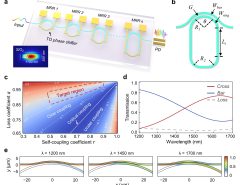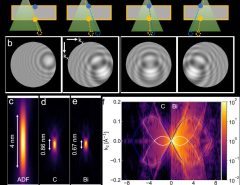MetaSpectra
Elevator Pitch: MetaSpectra is transforming nanotechnology with our revolutionary metasurface design. Imagine unlocking the full potential of light, enhancing green energy and ushering in a new era of precise, high-resolution molecular sensing. Our metasurface makes it possible to maximize light-matter interactions as never before, opening up possibilities across industries from pharmaceuticals to quantum computing. With MetaSpectra, the future is bright, and it’s tailored to our clients’ most complex challenges.
Concept
Advanced Metasurface-Based Sensing and Photocatalysis
Objective
To deliver cutting-edge nano-engineered devices for enhanced light-matter interaction in applications like green energy, chemical sensing, and quantum technologies.
Solution
Using a dual-gradient metasurface design that offers a dense array of 27,500 unique nanoresonators, enabling high-resolution, tailored light-matter interaction.
Revenue Model
Sales of customized metasurfaces, licensing the technology to manufacturers, offering analysis services for complex sensing tasks.
Target Market
Tech companies in green energy, chemical manufacturers, pharmaceuticals, and industries engaged in laser technology and quantum cryptography.
Expansion Plan
Initially focusing on R&D industries, then expanding into commercial sensing devices and partnerships with green tech for photocatalytic applications.
Potential Challenges
Complex manufacturing processes, ensuring consistent quality at scale, and high initial R&D investment.
Customer Problem
The need for precise light-matter interactions for advanced sensing and enhanced material properties, which current photonic approaches do not adequately address.
Regulatory and Ethical Issues
Compliance with nanotechnology regulations and safety standards. Ethical considerations in data privacy when used in sensing applications.
Disruptiveness
Could revolutionize the way photonic data is collected and utilized, enabling a new dimension in high-resolution spectroscopic analysis and efficient photocatalytic processes.
Check out our related research summary: here.



Leave a Reply